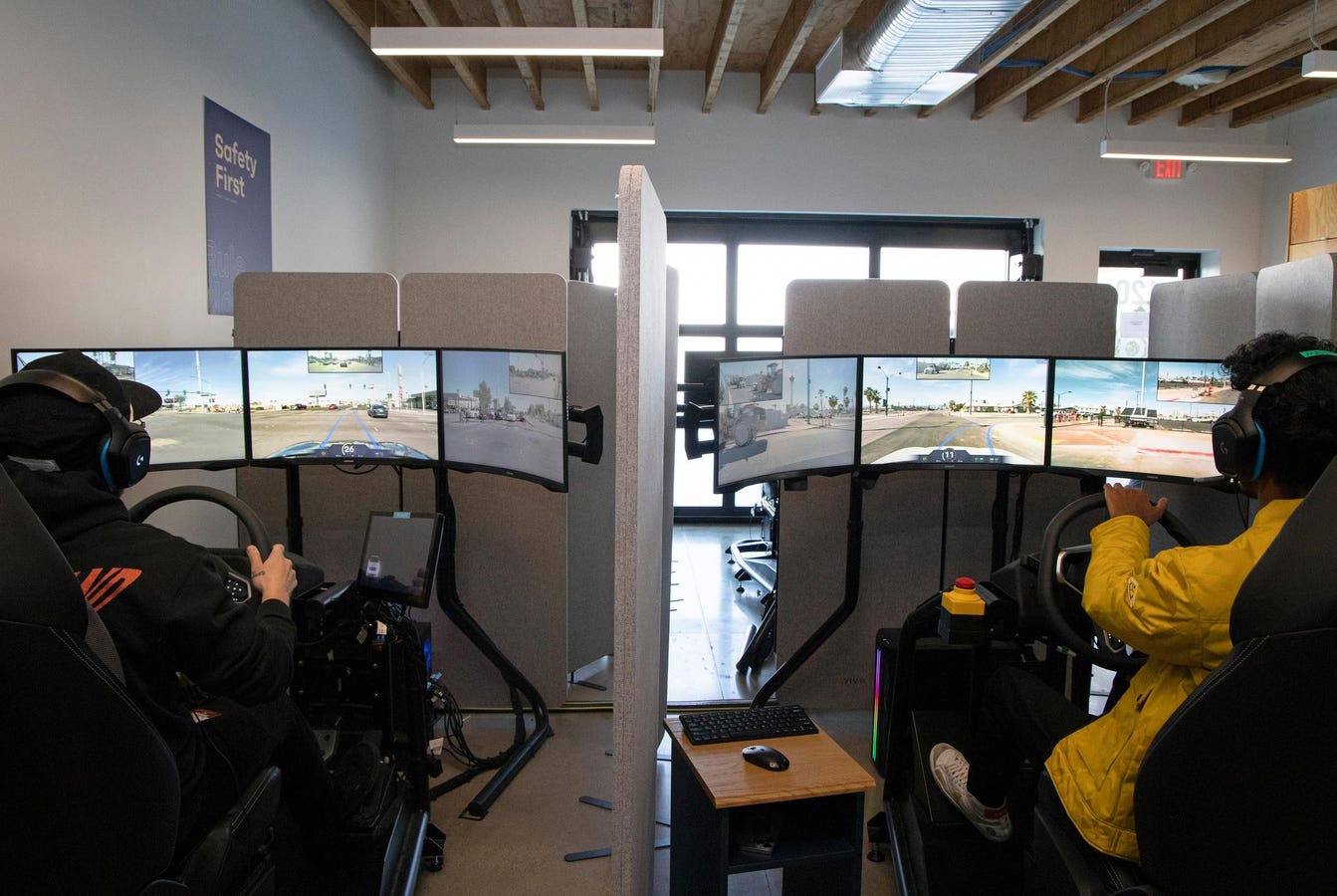Husqvarna Automower 435 IQ AWD
Anthony Karcz
When buying a robot to cut your lawn, what do you really need?
As the robomopification of the robot lawnmower continues, I’ve started to see the same kind of incremental seasonal hardware updates that plague the robotic vacuum industry. Namely, tiny changes in hardware specs year-to-year that amount to not a lot of performance gain but for more money.
It’s a business model that’s deeply ingrained in our consumer culture. Technology companies like Apple have made it commonplace by doing things like increasing the screen size of the iPhone by .01 inches and declaring it a new model. And there are people who swear by it — a “Cult of New” that insists their lives are vastly improved despite marginal differences.
It’s a tiresome trend that drives consumer fatigue. But it drives annual product sales as well, so what’s a company to do to differentiate themselves in an industry where we’re constantly getting NEW AND IMPROVED models?
Focus on the experience.
Features that Improve Your Habitat, Not Just the Mow
I reviewed Husqvarna’s previous model lineup a couple of years ago when it introduced “Rewilding Mode.” The vision was that if the company’s customers set aside just 10% of their lawns to “rewild” or, in other words “stop mowing,” they could create small, local biodiversity sanctuaries to increase habitats for local pollinators and wildlife.
What’s impressive is that it’s worked. Nearly 3 million square feet of land has been set aside across Europe using the rewilding mode feature. By making it an app-enabled feature for its boundary wire-guided mowers, Husqvarna’s customers can quickly and easily make a marked difference on their local environment. The company even has a helpful guide how to maximize your new biodiversity zone.
However, the Rewilding Mode is only available in Europe. I was curious to see how Husqvarna would bring a more holistic focus when introducing their new Automower IQ Series for the U.S. The answer is by focusing on lawn health, sustainability, and longevity.
I sat down with Scott Porteous, Product Manager and Husqvarna Group, to talk about the Automower IQ Series and how Husqvarna’s approach is focused on improving lawns by focusing more on process and less on the Cult of New.
Automower IQ Series
Introduced earlier this year, the Automower IQ Series is comprised of four different automowers that all do essentially the same thing: mow your lawn autonomously based on satellite boundaries rather than installed guide wires.
I asked Scott what differentiates the four different mowers and what customers should be asking when evaluating them.
“They all have essentially the same technology, right? They’re all boundary wire-free, have the same cutting disc, mow at the same pace, have the same rugged design. So then you have to ask yourself ‘How big is my yard? How rough is my terrain?’ And from there you can figure out how much battery you need and if you need all wheel drive.”
What does that translate into for the new IQ series? The IQ 410, 420, and 440 all have 1-4 inch cutting heights and have .5 acre, 1 acre, and 2 acre mowing capacities, respectively.
Husqvarna Automower 435 IQ AWD
Anthony Karcz
The 435 AWD model changes up the body a bit to look a little more like a futuristic race car. It has a slightly lower max cutting height (2.8 inches) but gains a set of rear powered wheels on an articulated hinge that the automower uses to navigate rough, hilly terrain.
Built to Last
Talking about Husqvarna’s approach to incremental model year refreshes, Scott had an interesting take. “There’s actually one of our original solar-powered mowers that’s still running, going on 30 years! We’re making products that we expect to last a lifetime, that will be passed down with the home to the next homeowner.”
The Husqvarna team spent hours focusing on the design for the U.S.-developed IQ series of automowers, obsessing over things like wheel width and the overall mechanical design. Given the variety of terrain and grasses in the continental U.S., it was a challenge to design robots that would excel in every environment.
Scott stated the issue facing the U.S. design team simply: “They have to be good robots and good lawnmowers.”
But that’s a mission statement with an infinitely complex set of issues. If the mower is too heavy, if it tears up your lawn, then you won’t want it to run that often. If it doesn’t do an effective job of mowing the lawn or it ends up stuck all the time, then you cancel out the utility of having the automower to begin with by having to mow manually or tend to the mower itself.
Husqvarna Automower 435 IQ AWD
Anthony Karcz
Scott sees the Automower 435 IQ as the ultimate realization of what Husqvarna is doing with this latest series. “It’s a nimble, articulating, two-body mass. It can do the most efficient job, especially on hills. If you have uneven terrain at all, it’s perfect for that.”
Built to Make Your Lawn Last
But beyond the hardware itself, the way Husqvarna’s automowers operate sets them apart from other company’s robomowers. By default, the IQ series mows in a random pattern on a daily basis (for high-growth lawns, you can modify these settings to suit your needs). It’s a novel approach.
“We look at lawn health and appearance as well as the consumption of resources.” Scott said. “[The IQ series] can do straight lines and cross-hatch patterns but irregular, frequent cutting gives you a carpet-like appearance that our customers really like and that’s healthier for your lawn.”
And he’s right. Despite the fact that most of us mow in a single pattern when mowing our lawns manually, varying the angle each time you mow has a marked difference on lawn health overall.
Scott continued “Since you can set the automower to lower the cutting disc over time to your desired height, it produces microclippings that drift back to the turf and fertilize your lawn.” The company has stated that this can reduce the need for fertilizer by 20% overall.
Husqvarna’s lawn health approach doesn’t stop at grass-level, though. There’s a “Consideration for Wildlife” setting that parks the automower from sunset to sunrise so as to avoid startling nocturnal animals such as rabbits and hedgehogs. Scott was particularly pleased by its inclusion in the IQ series app.
“Technology is allowing [Husqvarna] to continue to drive towards a more sustainable future that’s more pragmatic for people and families but also the wildlife that they’re inevitably interacting with.”
It’s a surprisingly holistic approach for what is, on the surface, a very utilitarian product. You can find out more about the new IQ Series of automowers on the Husqvarna website.









